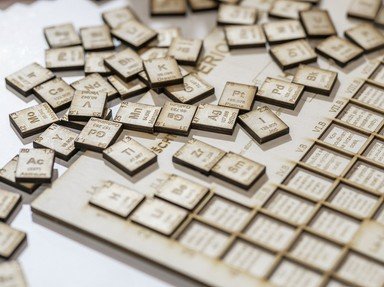Quiz Answer Key and Fun Facts
1. What is the chemical symbol for Einsteinium? You'll be especially esteemed if you establish the right answer.
2. Select an answer to complete the following statement:
The atomic number of einsteinium is _____
3. To what set or group (NOT column) does einsteinium belong on the Periodic Table?
4. What state or phase is einsteinium in at room temperature?
5. Are einsteinium's boiling point and melting point similar to those of water?
6. Is einsteinium radioactive?
7. Does einsteinium have commercial uses?
8. Select an answer to complete the following statement:
Einsteinium is:
9. After whom was einsteinium named?
10. When and where was einsteinium discovered?
Source: Author
Catreona
This quiz was reviewed by FunTrivia editor
rossian before going online.
Any errors found in FunTrivia content are routinely corrected through our feedback system.

